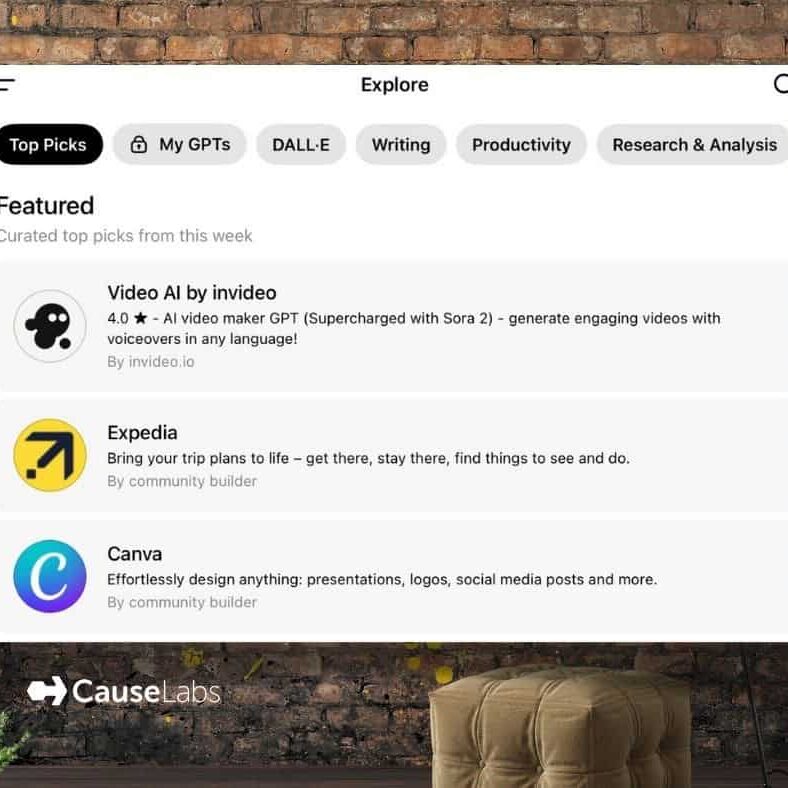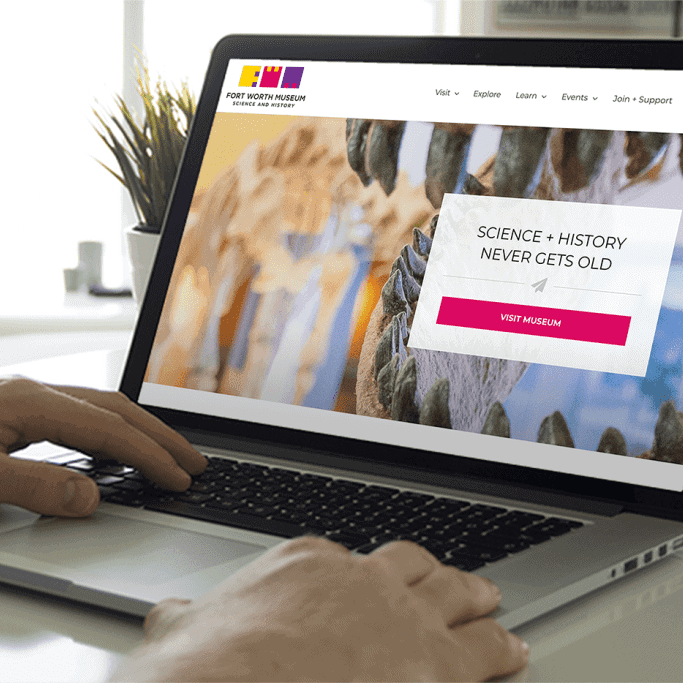At CauseLabs our approach to designing for a global audience begins with listening. Language and culture shape how people interpret content on a page. We study regional behaviors, accessibility needs, and emotional cues before we sketch a layout. We build flexible content systems that support translation, right to left reading, local idioms, and imagery that […]
CauseLabs Resources
Lessons & insights from our journey for positive impact.

Instructional Guide: How to Build a Custom ChatGPT
There are many reasons organizations might want to build a custom ChatGPT. One reason we built our own GPT was to define personas and custom instructions once instead of copying them into every new chat window. We also discovered that regular chats would get too long and the model would start forgetting the rules. It […]

B Champions Retreat Reflection
Last week in New Orleans with fellow Certified B Corporations was energizing and enlightening. We learned a lot about New Orleans and the history of the people that shaped this city, its culture, its food and its societal norms. It made us think about our own cities and our position in creating future socio-economic norms.

Migrating, Updating & Securing a Local Museum Website
One evening in late May I got a phone call from our friends at the museum. It’s always alarming to load your website and realize you’ve been hacked. Regardless of the size or nature of the breach, you feel vulnerable.

CauseLabs Honored as Best For Workers
Today, CauseLabs was recognized for creating the most positive impact for their workers based on an independent, comprehensive assessment administered by the nonprofit B Lab. Honorees are featured on B the Change, the digital Medium publication produced by B Lab, at bthechange.com/bestfortheworld.



